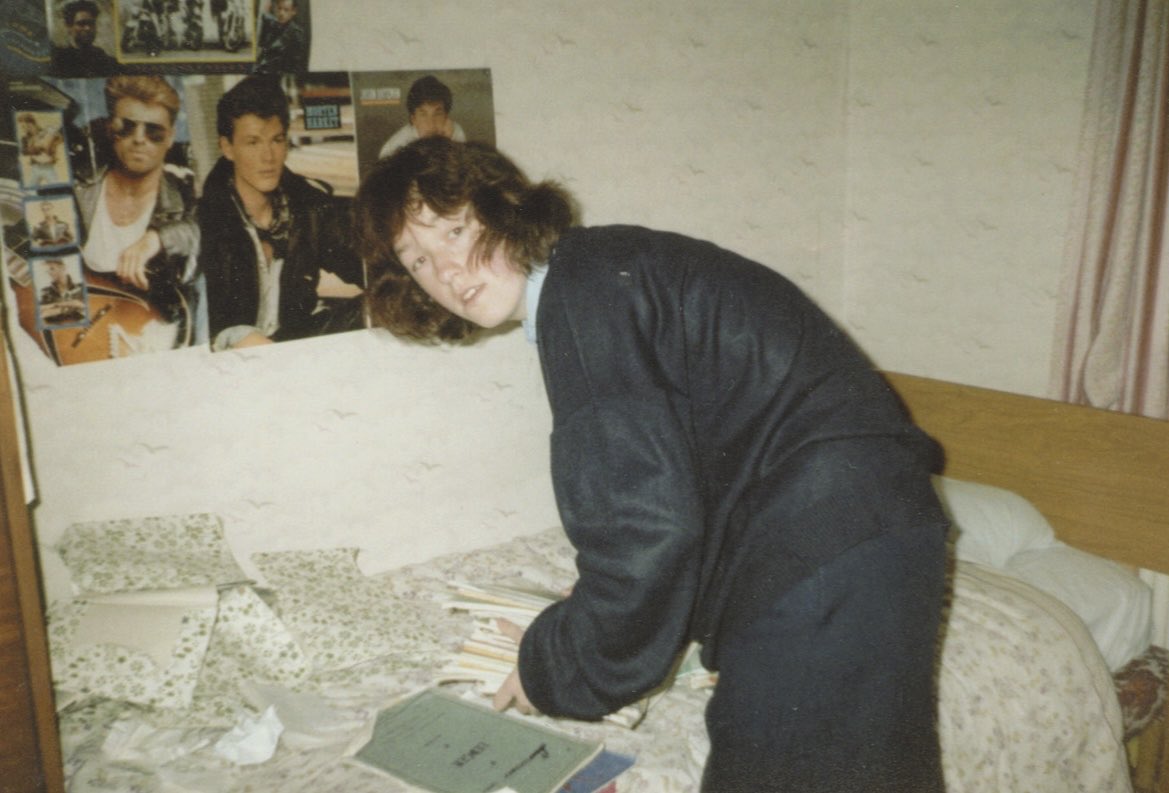The 1808 Mystery Eruption: The big volcano that scientists can't find

In 1808, a big volcano blast happened, but we're not sure which volcano it was. This blast made things really cold for a while in the early 1800s.
Through studying ice from Greenland, scientists learned more about this blast. It made them think that something big had happened because they saw a lot of salt in the ice. They looked at the types of atoms in the ice later and learned that the blast most likely happened before 1810, maybe in 1808 or 1809, and was strongest in 1815.
Before the 1990s, scientists thought that the early 1800s' strange weather was called the Little Ice Age and was a normal part of the period. However, they now believe that the explosion in 1808 may have had something to do with it. That year without a summer (1818), which was very cold, might have been caused by it.
Where did the eruption happen?
The thought that big blasts like that should've been noticed back then made things even more puzzling. People checked old records from around the world during that time.
Nothing new happened until 2014. Dr. Caroline Williams from the University of Bristol and a student named Alvaro Guevara-Murua found a story by a scientist from Colombia named Francisco José de Caldas about air stuff that fit with what happens when a volcano goes boom.
From 1805 to 1810, Caldas was in charge of the Big Star Watching Place in Bogotá. Caldas wrote in a report on December 11, 1809, that there was a strange cloud in Bogotá that was blocking the sun's light. Acidic acidic air could have been coming from this strange cloud. He also said that it was very cold and frosty in the same report.
Hipólito Unanue, a doctor from Peru, saw the same thing happening in Lima. These results led experts to believe that the 1808 eruption took place about a week after December 4, 1808. A strange mist was talked about by both Caldas and Unanue. It covered at least 1,600 miles and reached both the north and south poles of the Earth. Scientists thought that the volcano that was erupting might be in the tropics, most likely in the south of the world.
The Pacific Ocean is home to volcanoes in an area between Indonesia and Tonga, close to Colombia and Peru. There weren't any European colonies in that area back then, though, so there weren't many written records from there. That means there isn't much history from the people who live there, either in writing or in spoken form. It would make sense for strange weather to be seen in South America, though, if there was a volcano there.




